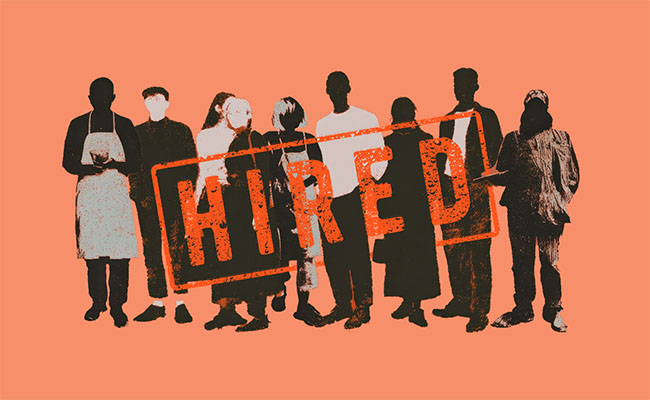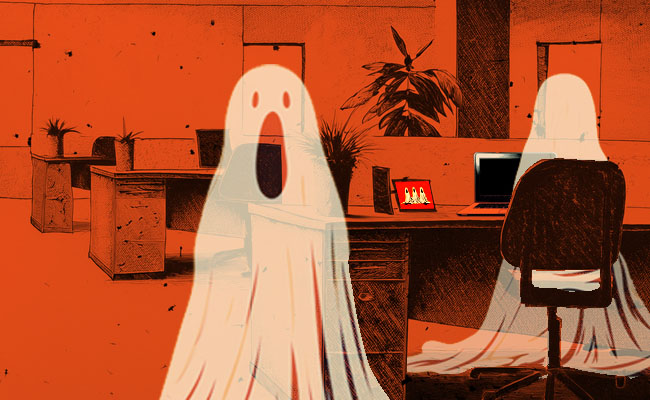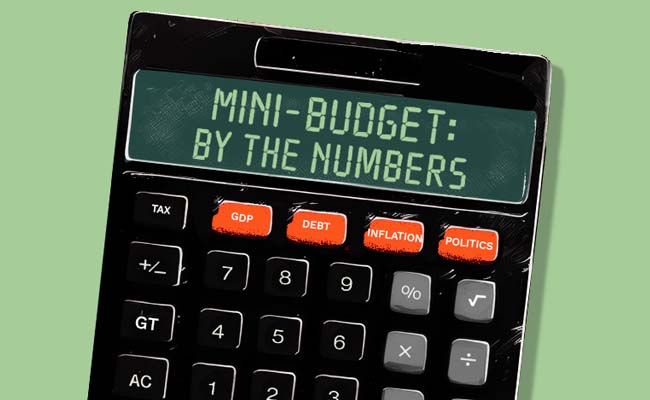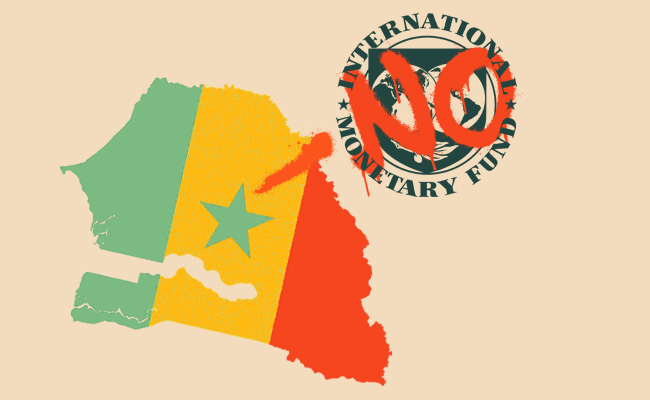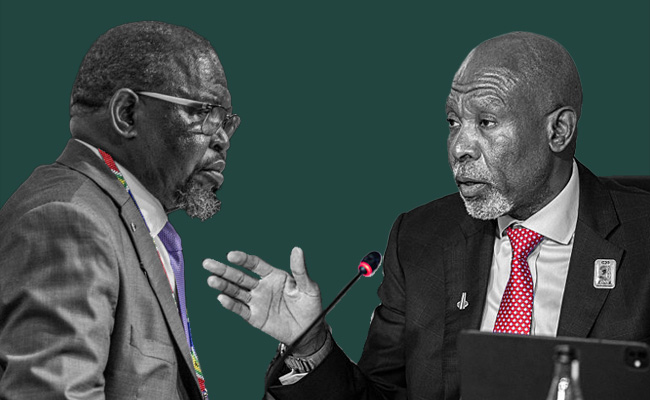Jobs numbers delivered by Stats SA on Tuesday offer a rare ray of optimism, but experts are wary of reading this as evidence that South Africa has beaten the unemployment curse.
In the three months to end-September, the country added 248,000 jobs, nudging the official unemployment rate down to 31.9% from 33.2%. In other words, the economy is hiring again – but unless this momentum continues, 2025 will still be a year in which we ended up losing more jobs than we gained.
Most notably, there were major revisions to the Quarterly Labour Force Survey after former Capitec CEO Gerrie Fourie made headlines when he argued in June that the country’s unemployment rate doesn’t properly account for the vast informal market. Based on trends with Capitec’s 24-million customers, Fourie reckons the actual rate should be closer to 10%.
The modifications to how Stats SA now handles the data make comparisons tricky, says Econometrix chief economist Azar Jammine, who is treating the numbers with a touch of scepticism.
“These are massive changes,” he tells Currency. “Formal employment has been revised up to around 12-million from roughly 10.5-million, and informal employment to 4-million from 3-million. That’s a huge shift.”
Indeed, despite these changes, the numbers speak to a country sliding backwards. Last year, for instance, 630,000 jobs were created, and more than 1-million positions the year before. This year, Jammine says, this number is negative.
“If you add up the quarterly movements, we’ve actually lost around 24,000 jobs year-to-date,” he says. “The third-quarter jump looks encouraging, but it follows a sharp decline in the first two quarters.”
That mixed picture aligns with Investec’s view. The bank describes the labour market as “improving somewhat” but still constrained by weak growth and structural rigidities. It expects GDP to expand by just 1.1% this year – too little to absorb new entrants to the labour market or dent deep-seated unemployment.
Either way, the jobs numbers do provide insight into which parts of the economy are struggling most.
Employment grew in six of the 10 industries surveyed, led by construction, which added 130,000 positions – a 10.3% surge – followed by community and social services (which added 116,000) and trade (which added 108,000).
But these gains were offset by losses in manufacturing (-62,000) and finance (-54,000). This underscores how fears of the country’s deindustrialisation, and the impact on society, are not misplaced.
Jammine warns that South Africa’s industrial base remains brittle: “Mining, manufacturing and electricity employment are still falling – the productive sectors are weak.”
When it comes to the provinces, the story is similarly uneven. While the Western Cape added 70,000 jobs, maintaining the country’s lower unemployment rate, the Eastern Cape lost 53,000 jobs.
And youth unemployment, measured among those aged 15 to 24, remained devastatingly high at 58.5%, though this appears to have benefited slightly from Stats SA’s revisions, falling from 59.7% last time.
The bottom line remains unarguable: the economy hasn’t created enough work. Hopefully, the medium-term budget policy statement, which finance minister Enoch Godongwana will deliver today, will offer some clues as to the prospects for addressing this.
Political will
Jammine, for one, sees reasons for hope. “Government has managed to prevent the budget from getting totally out of control,” he says. “Long-term interest rates have come down, helping reduce debt-service costs.”
If Godongwana sticks to fiscal discipline – and South Africa gets the credit-rating upgrade that Goldman Sachs expects later this week – the outlook could brighten. Ratings agency Standard & Poor’s, which has South Africa three notches below investment grade, is expected to show its hand on Friday.
A ratings upgrade would at least create space for the government to spend on growth-enhancing infrastructure projects, as less money would be absorbed in interest repayments.
But that all depends on political will – and if history is any guide, we shouldn’t hold our breath. South Africans have become accustomed to President Cyril Ramaphosa’s promises amounting to little, with actual state spending on projects crawling slower than a snail on a cheese grater.
Unlocking faster growth will take more than lower debt costs; it will require breaking the construction mafias holding builders to ransom, fixing an education system with parlous outcomes for maths and English, and slashing the red tape throttling small business. Policies like National Health Insurance, which is premised on destroying private medical schemes, are also driving away skills and investment.
For now, the data suggests South Africa’s jobs engine has sputtered back to life – but there’s precious little fuel in the tank. Unless the private sector is given its head to drive growth, and the ANC abandons the fiction of a “developmental state”, there is little chance the economy will breach the 3% GDP growth rate that Ramaphosa keeps touting. Breaching even 1% at the moment is a feat.
So, while the jobs numbers are a good start, the real test will be whether Godongwana and his troops at the National Treasury can turn fiscal stability into real reform and lasting growth. For now, the long, snaking queues for even the smallest job show a country still waiting – perhaps in vain.
Top image: Rawpixel/Currency collage.
Sign up to Currency’s weekly newsletters to receive your own bulletin of weekday news and weekend treats. Register here.



